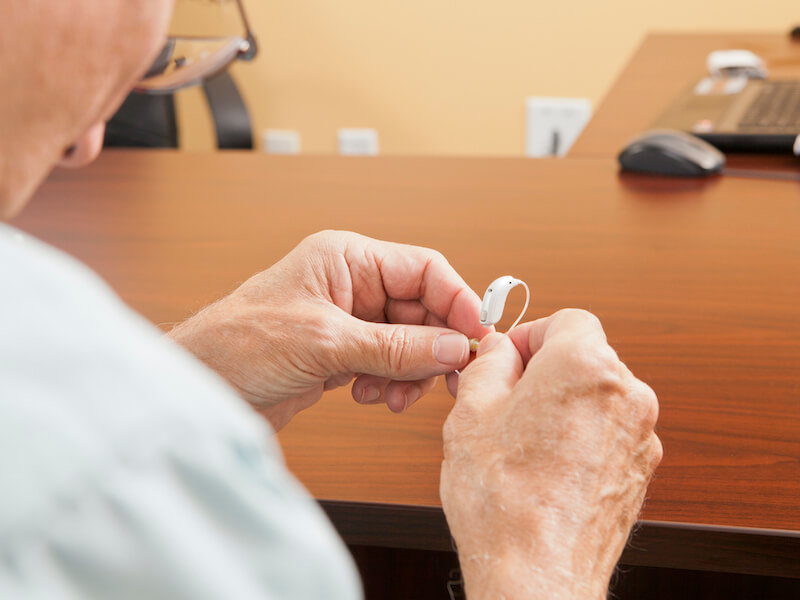
You go out of your way to make sure your hearing aids are well taken care of. When you go to sleep, you always put them snuggly on the charger and you clean them daily.
Suddenly and distressingly, your hearing aids are no longer working the way they once did. Thankfully, there are some measures you can take to troubleshoot the problem. Not doing any further damage is your number one priority so you won’t need to replace them.
Troubleshooting your hearing aid
Of course, when you first got your nice new hearing aids, you made a point of storing the owner’s manual in a safe spot. You’ll want to get it out so you can utilize it for troubleshooting and, potentially, maintenance. Each model of hearing aid can be rather different so it’s essential to follow the manual’s recommendations.
Here are some things you can check on most models:
- Check for visible damage: Do you notice any visible cracks or loose components around the shell of your hearing aid? If you discover cracks, it could indicate that moisture is getting in and there may be more significant damage.
- Wax buildup: Make sure there is no wax on your hearing aid by giving it a visual inspection. Wax can accumulate quickly even if you clean your hearing aids regularly so make it a point to double check.
- Check your battery: You’ll still want to assess the battery power even if you had your hearing aids on the charger at night. It might be a good idea to check if you may need new batteries or if the old ones are properly inserted, especially if your batteries are replaceable.
- Keep your microphone clear: Look for anything blocking the microphone of your hearing aid. A blocked microphone can create feedback or can cause your hearing aids to sound broken or silent.
Once again you can learn how to address each of these concerns by consulting your owner’s manual. Self-maintenance is sometimes possible.
When does my hearing aid need repair?
If your hearing aid continues to malfunction after you have performed basic maintenance and troubleshooting, it’s likely that your hearing aid will need to be professionally repaired. You need your hearing aids for nearly every aspect of your life so this might not sound that appealing.
It’s definitely worth noting that “repair” doesn’t always mean “send your hearing aids in for service and wait several weeks”. In some cases, we can fix your hearing aid in office while you wait.
Or, depending on the extent of the damage, you could get your hearing aids back in a few hours.
But rapid repair won’t be possible in every case. A backup pair of hearing aids might be necessary in these cases. Maybe you have an old pair that will do temporarily in a pinch. Or maybe we have a loaner pair you can use.
Get help with your hearing aids without delay
If the audio quality is starting to fail, it’s crucial to get your hearing aids checked and repaired.
Any amount of downtime should be avoided. Neglected hearing loss can impact your general health, including your mental health. And it becomes all too easy to leave your hearing aids sitting in a drawer somewhere while your hearing continues to deteriorate.
Keeping those hearing aids in excellent working order is the secret to keeping your hearing healthy. Keeping them charged, clean, and when necessary, professionally repaired is the best way to do that.

